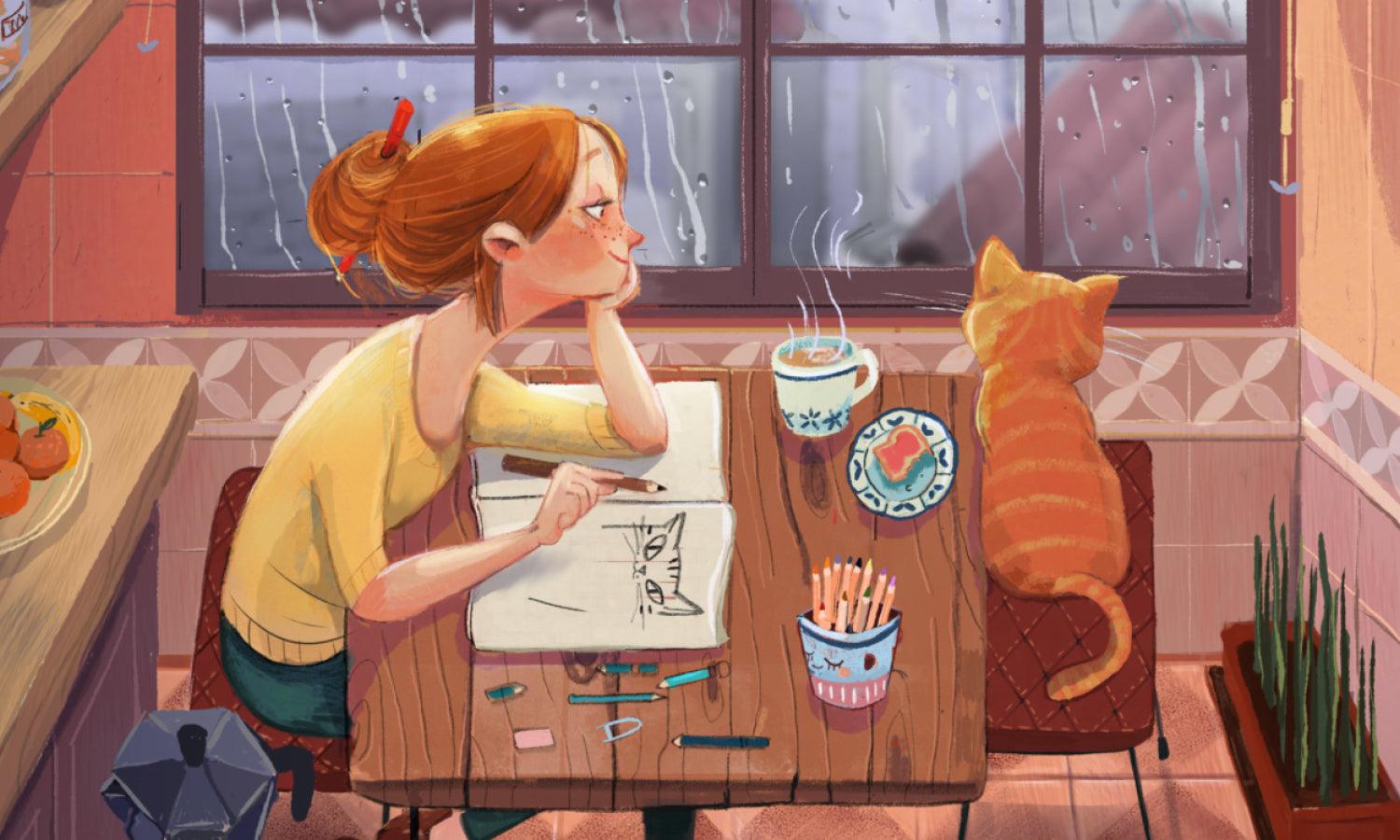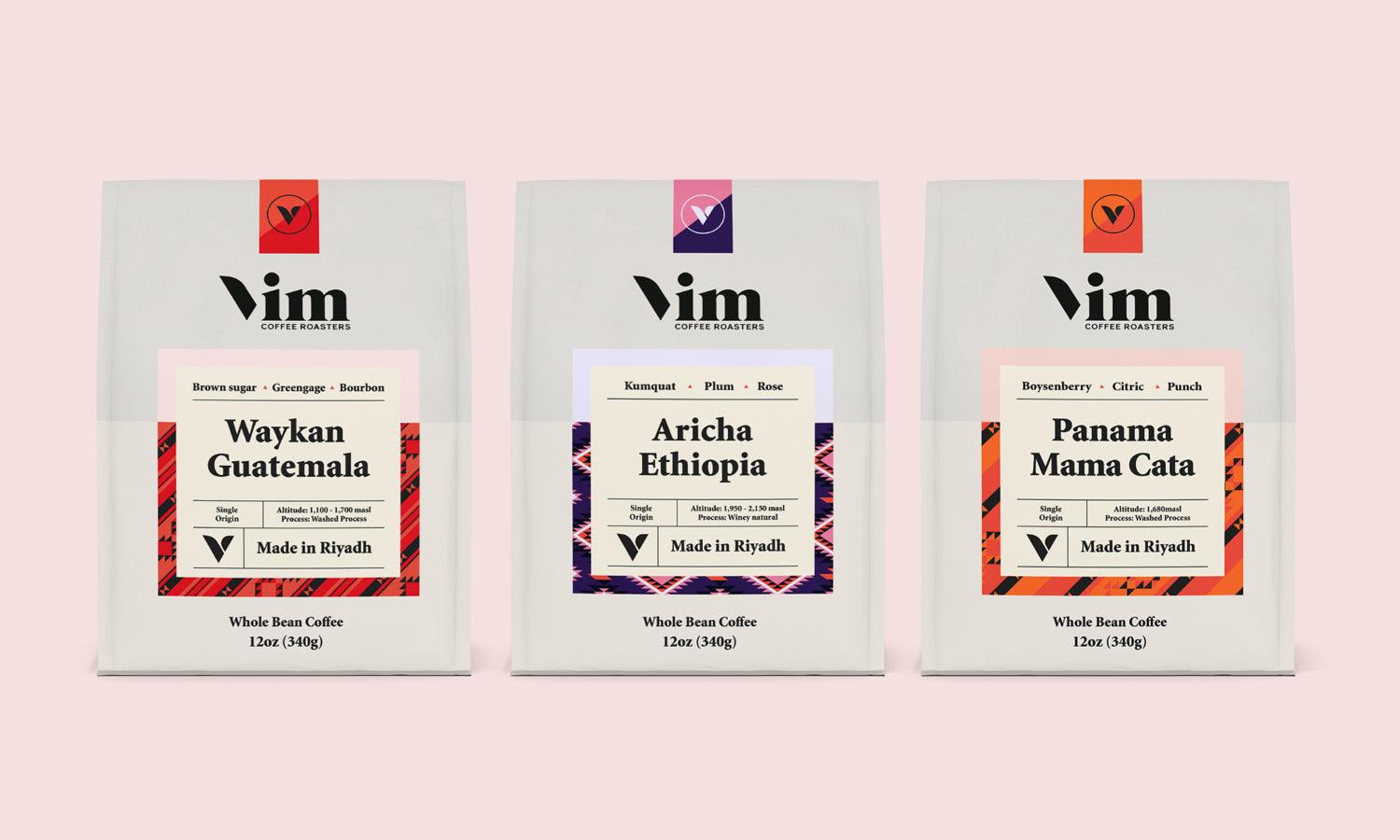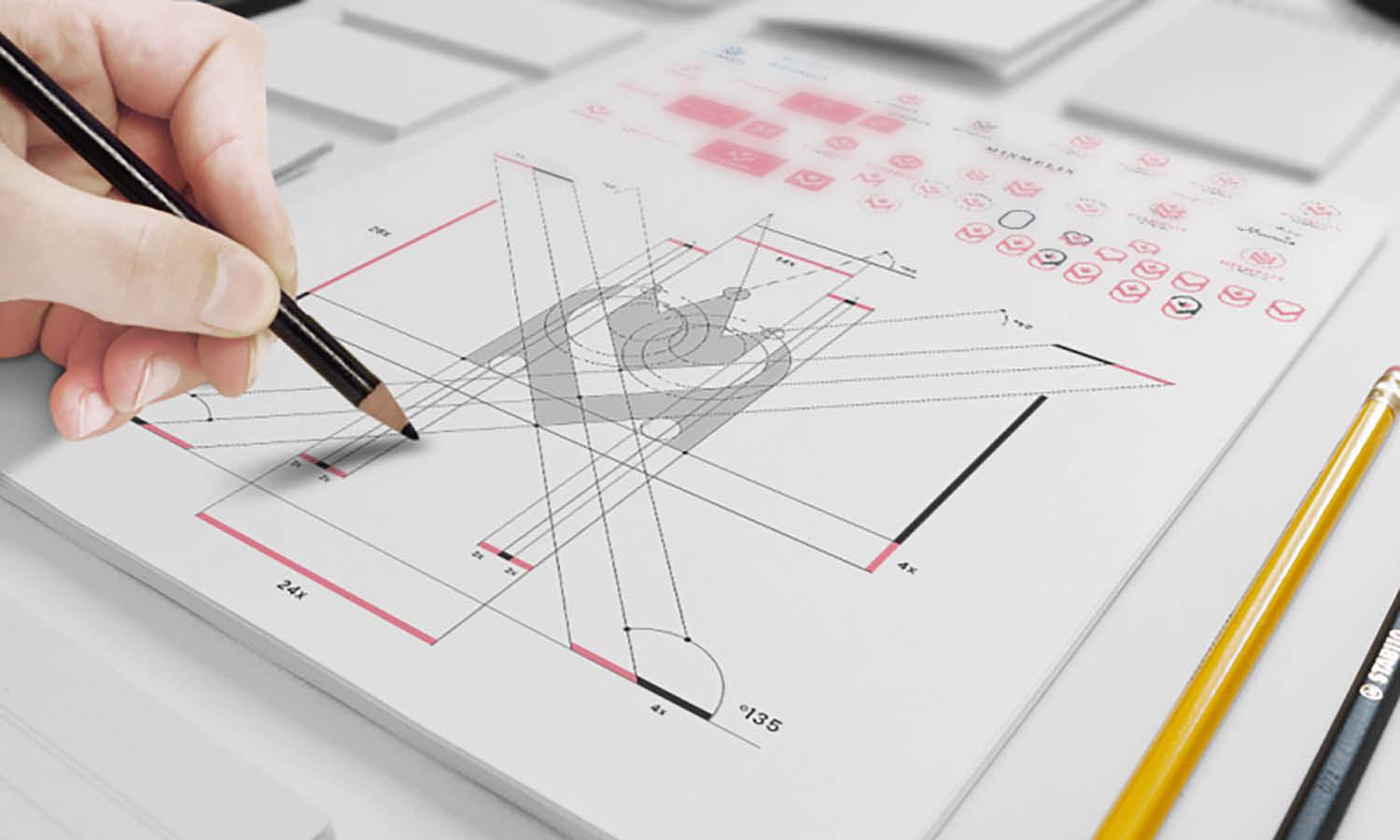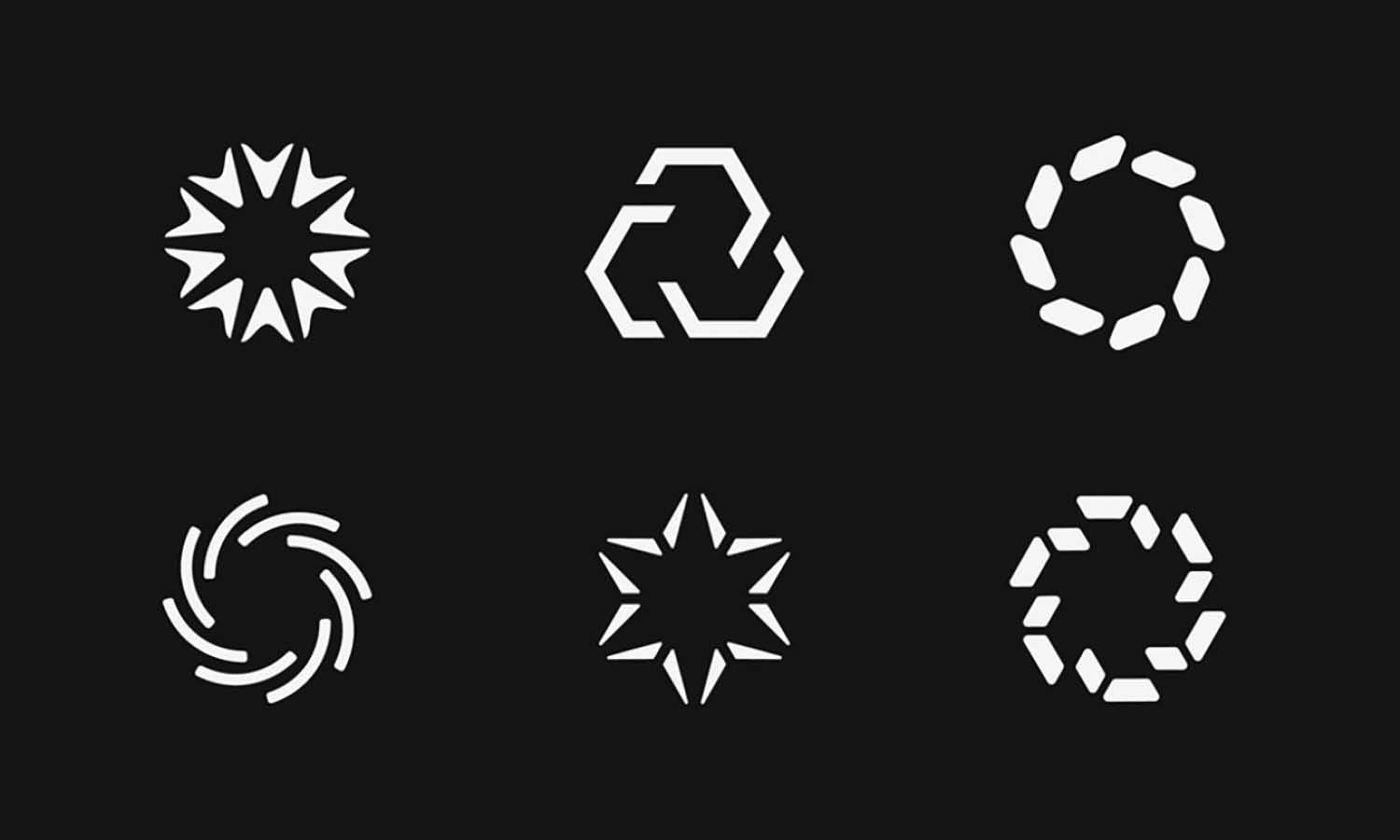10 Design Thinking Strategies to Create the Best Innovation

In the ever-evolving landscape of business and technology, leveraging the power of design thinking is crucial for fostering innovation. This methodology not only encourages creativity but also focuses on understanding and solving the real-world problems of users. The principles of design thinking provide a structured framework that helps teams navigate the complex journey from idea generation to the execution of innovative solutions. By applying these strategies, organizations can develop products and services that truly resonate with their target audience and stand out in the competitive market.
This article explores pivotal design thinking strategies that are essential for creating the best innovations. These strategies will guide you through understanding user needs, ideating with freedom, prototyping quickly, and iterating based on real feedback, thus ensuring that your innovations are both impactful and practical. Prepare to transform your approach to problem-solving and unlock a new realm of possibilities with these insightful strategies.
Understand User Needs
A cornerstone of design thinking is the deep understanding of user needs. This initial step involves immersing yourself into the lives and experiences of your target audience to grasp their desires, challenges, and behaviors. Effective tools for this stage include user interviews, ethnographic studies, and empathy mapping. These methods allow designers and innovators to uncover not just the obvious needs but also those that are unarticulated. By genuinely empathizing with users, teams can identify pain points that are often overlooked.
This comprehensive understanding fuels the innovation process, ensuring that the solutions developed are not only innovative but also genuinely useful and relevant to the users. It’s about shifting focus from assuming we know what users want to confirming and discovering their actual needs through direct interaction and observation. This user-centric approach not only enhances the quality of the design but also increases the likelihood of its acceptance in the market.
Define the Problem Clearly
Once user needs are understood, the next critical step in design thinking is to define the problem clearly. This involves synthesizing the information gathered during the empathy phase and articulating it into a clear, actionable problem statement. A well-defined problem statement acts as a guiding light for the entire project, ensuring that the team remains focused and aligned. It helps in prioritizing the features, functions, and outcomes that are most important. To formulate a precise problem statement, condense the user insights into a single sentence that captures the essence of the challenge.
This statement should be specific, measurable, and user-focused, reflecting the needs and limitations identified earlier. Clarity in defining the problem ensures that the subsequent steps in the innovation process are directed towards solutions that are tailored to user requirements and practical realities. It sets the stage for ideation and prototyping with a clear goal in mind, thus maximizing the impact and effectiveness of the solution.
Engage in Collaborative Brainstorming
Collaborative brainstorming is an essential design thinking strategy that fuels innovation by harnessing the power of diverse perspectives. This approach emphasizes inclusivity, where team members from various disciplines and backgrounds come together to share ideas. In design thinking, collaboration is more than simply working together; it’s about creating a safe space where individuals feel comfortable expressing their thoughts freely, without fear of judgment or criticism. This open environment fosters creativity and helps uncover unique insights that might otherwise remain unexplored.
A structured brainstorming session often begins with defining the problem and setting clear objectives. By doing so, participants can focus their creative energy on addressing specific needs, resulting in more relevant and impactful solutions. Techniques such as mind mapping, sketching, and role-playing can encourage creative thinking and help teams visualize concepts from multiple angles.
Furthermore, collaborative brainstorming supports the iterative nature of design thinking by allowing ideas to evolve through group feedback and refinement. It encourages team members to build on each other's ideas, creating a chain reaction that can lead to breakthrough innovations.

Generate Diverse Ideas
Innovation thrives on diversity. The stage of generating diverse ideas in the design thinking process is critical for exploring a wide range of potential solutions. This phase, often termed 'ideation', encourages the generation of a large quantity of ideas, pushing the boundaries of creativity and conventional thinking. Techniques like brainstorming, brainwriting, and the use of ideation tools such as SCAMPER (Substitute, Combine, Adapt, Modify, Put to another use, Eliminate, and Reverse) help in stimulating creative thought processes. It's essential to create a non-judgmental environment where all participants feel free to express even the most unconventional ideas.
The goal is to build a rich repository of concepts that can be refined and converged in later stages. This process not only harnesses the collective creativity of the group but also ensures that a multitude of perspectives are considered, increasing the likelihood of uncovering truly innovative solutions. Diverse ideation can lead to the discovery of novel ways to address user needs, ultimately resulting in more effective and innovative products and services.
Develop Prototypes
Prototyping is a transformative stage in the design thinking process, where ideas are translated into tangible forms. This step allows teams to bring their concepts to life and test their functionality in the real world. Developing prototypes doesn't require high fidelity or costly materials; rather, the focus should be on speed and learning. Simple materials like paper, cardboard, or digital tools can be used to build prototypes that are quick and easy to modify based on feedback. The key is to iterate rapidly — creating multiple iterations of a prototype to test different aspects of the design, such as usability, ergonomics, and user interaction.
Each prototype should aim to answer specific questions about the product’s design, revealing what works and what doesn’t. This hands-on approach is invaluable as it provides immediate insights into the viability of a design, encourages creative problem-solving, and helps refine the product before it reaches the costly production stage. By making and testing physical representations of their ideas, teams can make informed decisions, reduce the risk of product failure, and ensure that the final innovation truly meets user needs.
Encourage Iteration and Feedback Loops
Iteration and feedback loops are vital components of design thinking that drive continuous improvement and innovation. By encouraging iteration, teams adopt a mindset that values flexibility and learning from each stage of the design process. Rather than viewing a solution as final, iteration emphasizes the evolving nature of design, where each cycle offers an opportunity to refine and enhance ideas.
Feedback loops play an equally crucial role by allowing teams to gain insights from users, stakeholders, and team members. Feedback gathered throughout the process informs decisions, revealing both the strengths and areas for improvement in a design. By embracing feedback, designers remain grounded in real user needs, ensuring that solutions are both practical and meaningful.
These iterative cycles are particularly effective because they create a low-risk environment for testing ideas and making adjustments before full-scale implementation. With each round of feedback and refinement, teams move closer to an optimal solution. Moreover, iteration helps in managing time and resources effectively, as issues can be identified and addressed early, reducing the likelihood of costly revisions later.
Integrate Cross-Functional Teams
Integrating cross-functional teams is a powerful design thinking strategy that enriches innovation by bringing diverse perspectives to the table. When team members from different departments, such as marketing, engineering, and product design, collaborate, they contribute unique insights and expertise that strengthen the design process. This diversity in thought is essential in addressing complex problems that require a multifaceted approach.
Cross-functional teams promote a holistic view of the design challenge, enabling the group to consider various aspects of the user experience, product functionality, and business objectives. Each member brings a specialized understanding that helps the team anticipate potential challenges and design solutions that are practical and impactful.
Collaborating across functions also encourages knowledge sharing and minimizes silos, fostering a culture of openness and communication. When individuals from different backgrounds work together, they learn from one another, broadening their skill sets and enhancing their problem-solving abilities. This collective expertise leads to more comprehensive, innovative solutions that align with both user expectations and organizational goals.

Balance Feasibility with Creativity
Balancing feasibility with creativity is a critical design thinking strategy that ensures innovation is both imaginative and practical. While creativity fuels the generation of bold, original ideas, feasibility keeps the process grounded in what is achievable within available resources, time, and technological constraints. This balance is essential for transforming ambitious concepts into viable solutions that can be realistically implemented.
In the design thinking framework, this balance is achieved by evaluating each idea through multiple lenses. The team considers the creative appeal of a concept while assessing its technical and financial feasibility. This approach enables designers to identify ideas that are not only innovative but also sustainable and executable within the project’s limitations.
To maintain this balance, design teams often engage in iterative cycles, where ideas are refined based on practical considerations. This allows creative concepts to evolve without compromising on feasibility. Teams may also seek input from cross-functional members with expertise in areas like engineering, finance, or operations to ensure that proposed solutions align with organizational capabilities.
Striking the right balance between feasibility and creativity enables teams to produce solutions that are both inspiring and functional. This synergy drives successful innovation, as it combines the freedom of creative thinking with the discipline of practical implementation, leading to outcomes that are both inventive and grounded in reality.
Utilize Data-Driven Insights
Utilizing data-driven insights is a powerful strategy in design thinking that enhances innovation by grounding decisions in factual evidence. In the design thinking process, data serves as a valuable tool to validate assumptions, understand user behaviors, and reveal patterns that may not be immediately visible. By integrating data insights into each phase of design, teams can make more informed choices, ensuring solutions are both relevant and effective.
Data-driven insights often come from various sources, such as user research, surveys, analytics, and performance metrics. These insights help design teams understand the needs, preferences, and pain points of users, creating a clearer picture of the problem at hand. For example, user behavior analytics can reveal how customers interact with a product or service, highlighting areas that may require redesign for better usability.
Incorporating data at each stage of the design process also supports iterative refinement. By continuously analyzing and responding to real-time data, teams can adjust their designs to align with evolving user needs and market conditions. This feedback loop enables rapid adaptation, reducing the likelihood of developing solutions that miss the mark.
Encourage Risk-Taking and Experimentation
Encouraging risk-taking and experimentation is an essential design thinking strategy that fuels innovation by opening the door to new possibilities. In design thinking, risk-taking is not about reckless decisions but about stepping beyond conventional ideas to explore untested concepts and approaches. Experimentation, on the other hand, allows teams to test these ideas in controlled, iterative ways, where failure becomes a learning opportunity rather than a setback.
Risk-taking promotes a culture of creativity by allowing designers to challenge traditional assumptions and reimagine solutions from fresh perspectives. It invites teams to think outside the box, pushing the boundaries of what is possible. Experimentation then provides the framework for testing these bold ideas in small, manageable steps, ensuring they can be refined based on feedback and learning along the way.
A structured approach to experimentation often involves developing prototypes and testing them in real-world scenarios. This strategy enables teams to identify what works, what doesn’t, and why, fostering a deeper understanding of the innovation process. The lessons learned through experimentation become a foundation for further improvement, driving the design towards a more effective and impactful solution.
Conclusion
Embracing design thinking is essential for any organization aiming to foster innovation and create impactful solutions. By systematically applying the strategies discussed—from understanding user needs to prototyping and testing ideas—companies can enhance their problem-solving capabilities and deliver products and services that truly meet customer demands. The key to successful innovation lies in being user-centric, agile, and collaborative. Implementing these design thinking strategies ensures a thorough exploration of creative solutions and fosters an environment where innovation can thrive, ultimately leading to sustainable success in the marketplace.
Let Us Know What You Think!
Every information you read here are written and curated by Kreafolk's team, carefully pieced together with our creative community in mind. Did you enjoy our contents? Leave a comment below and share your thoughts. Cheers to more creative articles and inspirations!
















Leave a Comment